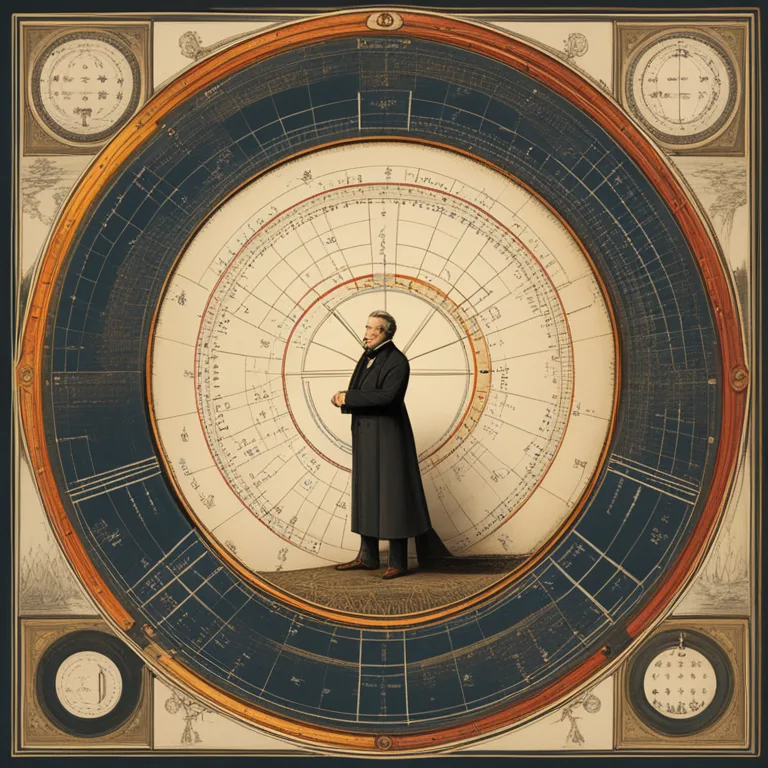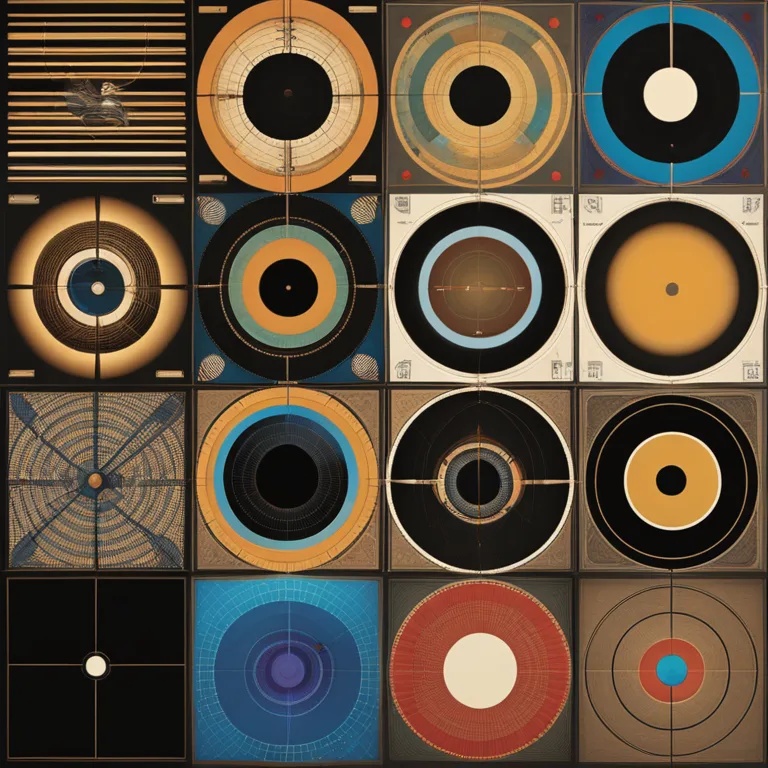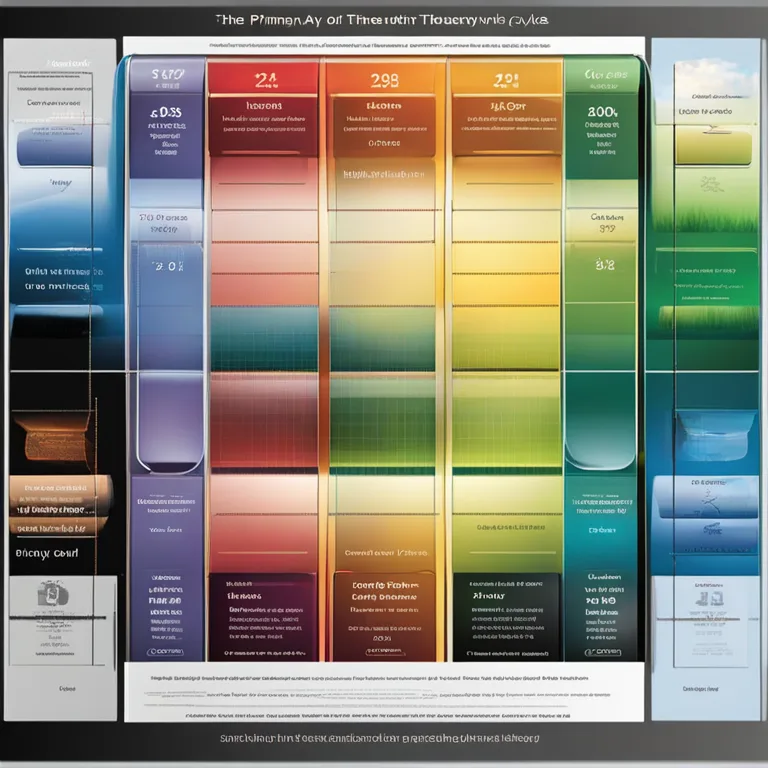
Biorhythm: The Origins of Its Theory
Discover the historical roots of biorhythm theory and how it has evolved to become a tool for personal insight and planning.
article by Adrian Wallace
Introduction to Biorhythms
Biorhythms are often described as the rhythmic cycles that purportedly govern human life. The concept may sound modern, but its origins trace back to the 19th century. This discipline aims to predict various aspects of a person's life through rhythmic cycles. Biorhythms have drawn attention from both those seeking to optimize their daily lives and skeptics scrutinizing its scientific validity. While the mainstream scientific community mostly dismisses biorhythms as pseudoscience, the interest in them continues to thrive in alternative and new-age circles.

Historical Roots of the Theory
The concept of biorhythms originated from the work of Dr. Wilhelm Fliess, a German physician and a friend of Sigmund Freud. Fliess held the belief that human life is divided into cycles, particularly a 23-day physical cycle and a 28-day emotional cycle. He suggested that these cycles influenced one’s ability to perform tasks and manage emotions. Fliess's ideas influenced several other researchers, but the early 20th century was when biorhythms crystallized into a more comprehensive system.

Expansion and Popularization
Biorhythm theory received significant attention in the 1970s when authors such as Bernard Gittelson published books elaborating on the concept and promoting its practical use. The idea was that by plotting these cycles graphically, one could predict periods of high performance or critical days. This belief has given birth to various biorhythm calculators and software, aiming to personalize these cycles for individual use.

The Three Primary Cycles
The biorhythm theory is structured around three primary cycles: the physical, emotional, and intellectual. Each is said to start from the day of a person's birth, cycling up and down in a fixed pattern. The physical cycle lasts for 23 days, the emotional cycle spans 28 days, aligning somewhat with lunar cycles, and the intellectual cycle completes its loop in 33 days. Biorhythm enthusiasts maintain that by plotting these cycles, one can forecast the best and worst days for specific activities or decisions.

Critical Days and Adapted Use
Biorhythms suggest that during the transition from a high to a low period in any given cycle (or vice-versa), individuals experience "critical days" where they are more susceptible to making mistakes or experiencing accidents. Today, this concept has been adapted for various purposes, from aiding in personal scheduling to more esoteric practices like conjunction with astrology for lifestyle planning.
Scientific Scrutiny and Modern Views
Despite the interest biorhythm theory has garnered, scientific evidence supporting these cycles' predictive power remains scant. Researchers have investigated biorhythm theory, with many studies finding no significant correlation between the cycles and life events. In contemporary society, while some wellness and personal development circles continue to advocate for its usefulness, the scientific community largely advises caution, often placing biorhythms in the realm of pseudoscience.
Biorhythms in the Digital Age
The advent of digital technology has seen a resurgence in interest in biorhythms as applications and online platforms offer users the ability to calculate and track their cycles with ease. Proponents argue that modern lifestyles, being more complex, demand alternative methods to manage well-being. Online communities, software developers, and app creators are thus increasingly tapping into this demand, providing digital tools to those who believe in the utility of biorhythms.
Published: 12/28/2023
Modified: 12/28/2023
More predictions
Come back here soon to learn more about yourself and your future


Biorhythm Basics: Patterns of Life's Vital Rhythms
Explore the intriguing concept of biorhythms and how they exemplify distinct cycles impacting physical, emotional, and intellectual states.


BioRythm Compatibility: Syncing Life's Rhythms Together
Discover how biorhythm compatibility can influence your personal relationships and find harmony with life's natural cycles.


Halting Biorhythmic Cycles: Can It Be Done?
Discover whether it's possible to stop your biorhythms and the implications it might have on your well-being and life harmony.